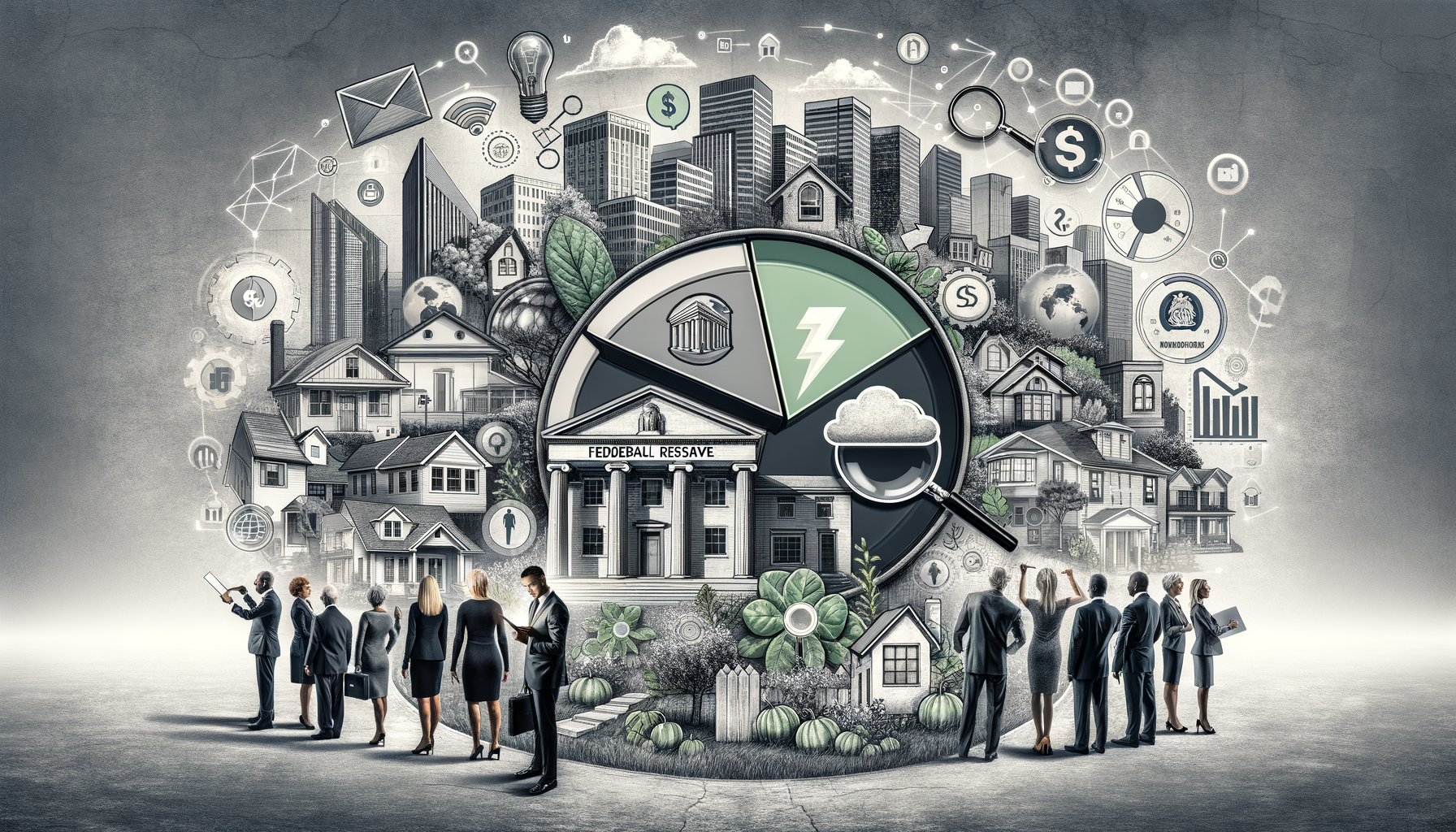“Exploring Future Trends in Mortgage and Real Estate: In-Depth Overview”
In the constantly evolving mortgage landscape, understanding the myriad factors influencing market trends, interest rates, and homebuyer behavior is essential. Recently, various indicators suggest shifts that could impact both borrowers and lenders.
### Unpacking the Current Mortgage Rates
Interest rates for mortgages have always been a critical metric for both potential homebuyers and industry professionals. Lately, we’ve seen these rates experiencing adjustments that could influence the buying power of consumers. Rates have been historically low, but they are showing a tendency to rise, and tracking these changes can help predict future trends in the housing market.
When mortgage rates increase, typically, the cost of buying a home increases for consumers, impacting their ability to afford new homes. Understanding these dynamics can help prospective buyers make informed decisions.
### The Influence of Federal Policies
Federal policies play a profound role in shaping the mortgage industry. The decisions made by entities such as the Federal Reserve directly influence interest rates and lending practices. For instance, the Federal Reserve’s approach to controlling inflation by adjusting interest rates has immediate effects on mortgage rates. When the Fed increases the federal funds rate, it usually leads to higher mortgage rates, impacting affordability for homebuyers.
### Technology’s Role in Revolutionizing the Mortgage Sector
Technology has significantly transformed how the mortgage industry operates, enhancing everything from application processes to how market data is analyzed. Automated processes and AI are now commonly used to assess borrower credibility, manage risks, and streamline operations, making transactions more efficient and less prone to human error.
Innovations in technology are not only improving operational efficiency but also changing customer experiences. Online platforms and mobile apps allow for quicker services and the ability to apply for a mortgage without ever stepping into a bank. This shift towards digital solutions is vital for catering to a younger demographic that favors digital interactions.
### Understanding Demographic Shifts
The demographic profile of homebuyers has notable effects on the housing market. Millennials, for example, have now surpassed Baby Boomers as a significant share of the market. However, their buying patterns and preferences significantly differ. Millennials tend to prioritize sustainability, community, and technology integration, which influences how properties are marketed and designed.
Additionally, an interesting trend is the increasing participation of single women in the homebuying market, which has outpaced that of single men. This shift is reshaping market dynamics as more homes are bought by solo female buyers, influencing everything from home sizes to community features that cater to this growing demographic.
### The Economic Indicators Driving the Housing Market
Several economic factors play crucial roles in the housing market. Gross Domestic Product (GDP) growth, unemployment rates, and consumer confidence indices serve as indicators of the overall economic health and influence people’s ability to purchase homes. For instance, a robust economy generally supports a healthy real estate market because more people can afford to buy homes.
Conversely, if economic indicators weaken, potential homebuyers might hesitate due to uncertainty about their financial futures, potentially leading to a slowdown in the housing market. Keeping an eye on these indicators can provide valuable insights into future market conditions.
### Regional Market Trends
Housing markets can also vary greatly depending on the region. Urban areas, for example, often see different trends compared to rural areas. Urban markets tend to have higher-priced homes due to demand surpassing supply. However, there’s been a noticeable trend of people moving from cities to suburbs or smaller towns driven by a desire for more space and a lower cost of living.
This migration influences both the areas people are leaving and those they are moving to, impacting housing prices, local economies, and development trends. Real estate professionals need to stay attuned to these shifts to adapt their strategies accordingly.
### The Future of Home Ownership
Looking forward, the future of homeownership appears to be influenced heavily by both economic factors and changing societal trends. As remote work becomes more normalized, for example, this could continue to drive the trend of moving away from major cities. Additionally, sustainability and eco-friendliness are becoming significant factors for a growing number of homebuyers.
Moreover, given the technological advancements and demographic shifts, the mortgage industry might need to continue adapting its approaches. These may include more personalized mortgage products and services catering to diverse buyer profiles and preferences.
### Final Thoughts
The mortgage industry is at a crossroads, shaped by external economic forces, technological advancements, and shifting demographic profiles. Staying informed about these changes is crucial for anyone involved in the real estate and mortgage markets. As we look to the future, continued adaptability and foresight will be key to navigating the ongoing shifts and capitalizing on new opportunities in the evolving landscape of home buying and financing.

